Osteopathy
At Encompass Holistic Health, our expert Osteopathic Manual Therapists offer gentle soft-tissue work to help with your complaints. Book an appointment online or call us directly if you have any questions.
Common Conditions
Treated by
Our Osteopathic Manual Therapists
Osteopathy's gentle hands-on approach is a great option for many musculoskeletal issues, headaches, and injuries.
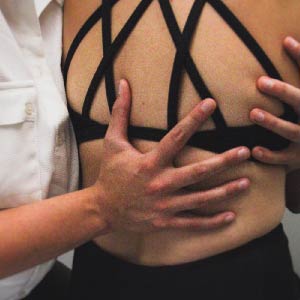
Chronic
Back Pain
Osteopathy is a great alternative approach to treatment for people with chronic back pain if other treatments and modalities have offered limited success.
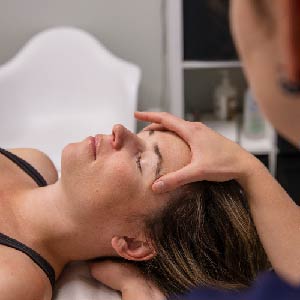
Headaches and
Migraines
Headaches and migraines can be caused by a variety of triggers. Osteopathic Manual Therapists are trained to find the root cause of your issues to help you feel better quickly.
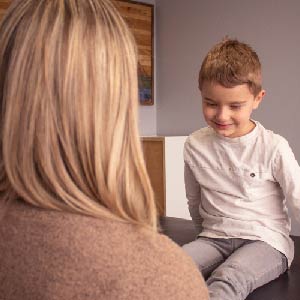
Nervous
Support
Since osteopathy is a gentle modality to receive, our clients tend to feel really relaxed during treatments. Finding relaxation through physical treatment is a good form of self-care and can help support other work and treatments that someone might be receiving for their stress.

Pre-Natal
Support
Osteopathy is a safe and gentle option to treat your aches and pains during pregnancy. It can also help prepare your pelvis for labour and delivery.
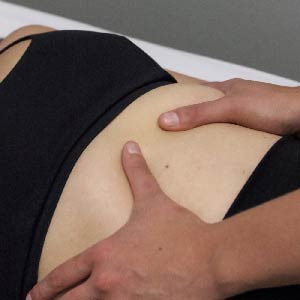
Post-Surgical
Care
Surgeries can create non-functional scar tissue as you heal. This can lead to pain and dysfunction. Osteopathy views scar tissue work as a top priority.
Patient-Centered Sessions with Our Experts
Our OMTs strive to provide the best care at each session.
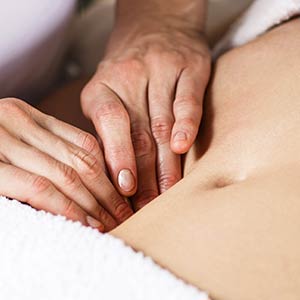
Visceral
Manipulation
Visceral manipulation is a gentle, hands-on modality used to help your organs glide smoothly within your body. This approach is used often for chronic complaints.
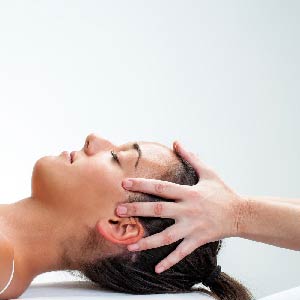
Cranial
Osteopathy
This approach uses gentle pressure to free up restrictions in the sutures of cranial bones and associated soft tissues to help restore optimal wellness.
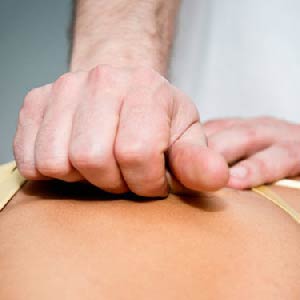
Myofascial
Release
The OMT will target deep and superficial layers of myofascial tissue to release tension throughout your body to help with acute and chronic symptoms.
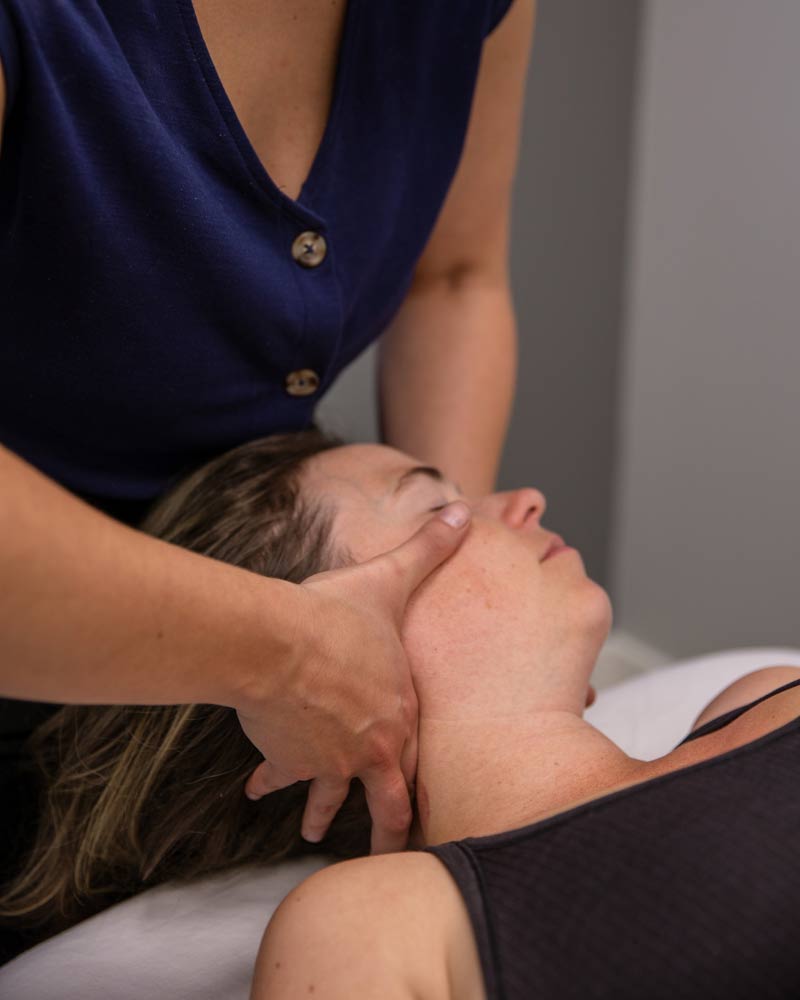
What is Osteopathy?
Osteopathy is a holistic manual approach to treating the human body that was developed by Andrew Taylor Still, a physician who wanted to treat the body without the use of pharmaceuticals. Still had a deep passion for anatomy and was convinced that to help the body, the Osteopathic Manual Therapist (OMT) needed to find and correct anatomical deviations that interfered with the free flow of blood and “nerve force” in the body.
Over time, the practice of osteopathy evolved to match its contemporary definition: a manual therapy which aims to restore function in the body by treating the causes of pain and imbalance. To achieve this goal, the OMT relies on the quality and finesse of their palpation and works with the position, mobility, and quality of the tissues.
Osteopathic treatment can help with:
- Acute or chronic back and neck pain
- Headaches and migraines
- Chronic whiplash
- Digestive issues
- Pre and post-natal complaints
Osteopathy is a great choice for acute symptoms and conditions as well as chronic ones, especially in cases where other treatment modalities have offered limited success.
Paediatric Osteopathy
Paediatric Osteopathy focuses on treating infants and children to offer support through all stages of growth and development. The process of birth, itself, can be very taxing on an infant, leading to tension patterns or strains; minor symptoms such as these can have a more amplified impact on function. During an osteopathic session, the practitioner will go through a specific set of tests with your little one to determine where the tension is. Then, the practitioner will apply very gentle techniques to provide release in the areas where tension has been found.
Osteopathy can help babies with:
- Latching problems Reflux
- Flat spots
- Colic
- Constipation
- Sleeping issues
The progression from infancy to toddlerhood and beyond will result in more movement and independence, which may also lead to occasional bumps, bruises, and other functional wear-and-tear. These minor injuries sometimes create tension and restrictions in the movements and biomechanics of the child. Osteopathic treatment can help address these concerns, support a child’s development, and guide functional patterns and habits that will best serve them into adulthood.
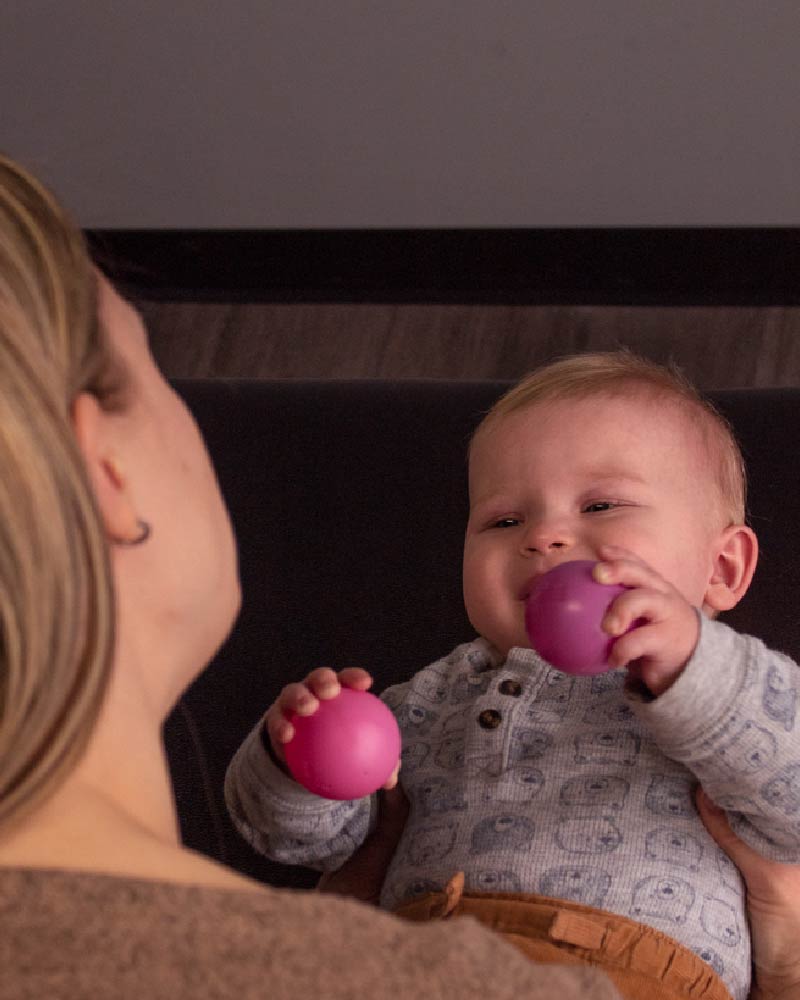
Clients Speak



FAQs on Osteopathy
Yes, most insurance companies have osteopathy coverage, you just need to check how much your plan covers.
Osteopathy is a gentle treatment, but some people do report being sore the day following a treatment. That is normal and usually only lasts the day.
The number of treatments required tends to be a case-by-case basis. For some issues, your concerns can resolve within 3-4 treatments, but treatment plans can be longer. The osteopathic approach targets the root cause of your issues, so it might take time to resolve more superficial layers to get to it.
It is recommended to wait 6 weeks to treat the scar tissue during an osteopathic treatment, but you can receive treatment to other areas of the body before that.
Appointments for adults are 50 minutes long for the initial and follow-up appointments. This allows the osteopathic practitioner time to do a thorough assessment and treatment.
For children, the initial is 45 minutes long, and the follow-ups are 25-30 minutes long.
When you first arrive at the clinic, you will be asked to fill out a medical history questionnaire. Your osteopathic manual therapist will take a detailed case history at your initial consultation. During your appointment, the osteopathic manual therapist will perform a thorough assessment and plan a course of treatment. Following this, your practitioner will discuss management options and provide appropriate hands-on treatment.
